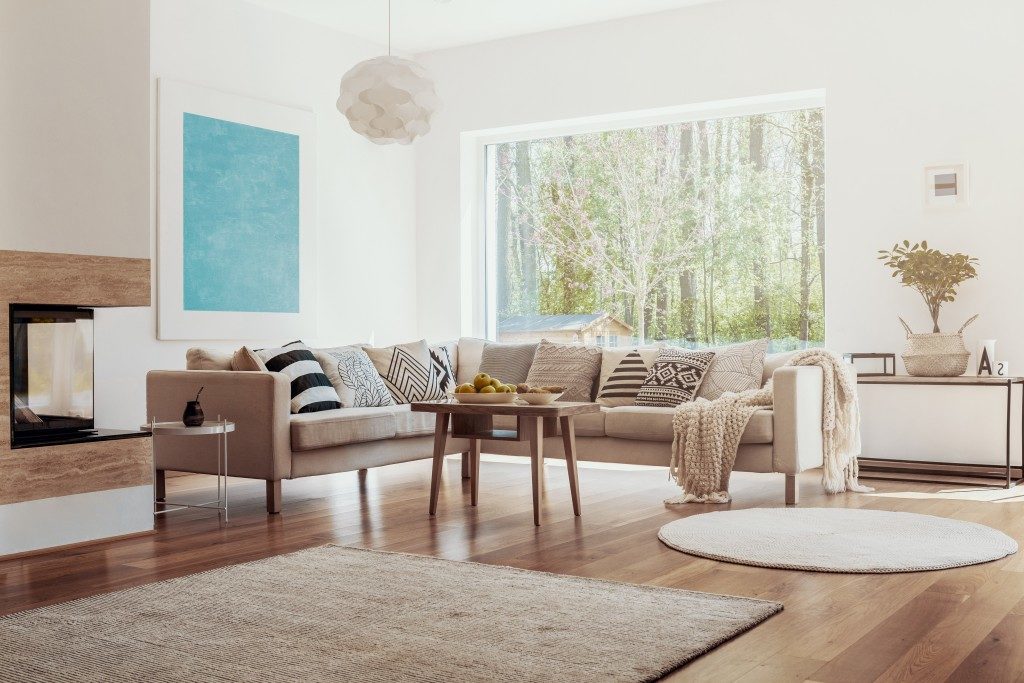Windows are essential parts of a structure because they allow natural light to stream in and help promote proper ventilation. However, furnishings and covers are also needed to control the amount of light that comes in and prevent indoor heating from getting wasted.
Hence, window treatments are essential home décor items. There are several types that you can purchase, and among the most popular and commonly used ones are curtains and blinds. We’ll provide a comparison between the two to help you select which is ideal for your home.
Curtains vs. Blinds
First, let’s discuss how the two differ. A curtain is a window covering made from a sheet or piece of lightweight fabric, which can come in single or pair. Cloth materials are widely varied, so you can select the type of fabric based on your preferred lightness, opacity, and texture. Additionally, both ready-to-hang and custom-made curtains are available in stores.
As for blinds, these are composed of multiple slants or panels, instead of a single material. They are also available in a wide assortment, such as Venetian blinds, vertical blinds, roller blinds, and Roman shades. Moreover, various materials can be used, including fabric, plastic, vinyl, acrylic, and wood. If you’re looking for high-quality window treatments, check out Hunter Douglas blinds.

Features
Aesthetic value. Curtains are efficient in adding texture and style to a room, and depending on your goal, they can either blend in through color coordination or pop out as a contrasting accent. They also add a warm, cozy vibe and serve as a buffer that minimizes noise. As for blinds, they can make a room appear more spacious, considering that they are less space-consuming or intrusive. They also offer a clean, sleek look that fits a modern, minimalist interior design.
Affordability. Generally, the curtains are more expensive than blinds. However, you have to take several factors into accounts, such as the material (low cost or high-end), installation (DIY or professional), and type (ready-made or custom fit). Decorative finials and additional components such as systems for automated opening and shutting also affect the total cost.
Safety. Blind have cords that can be dangerous for small children. However, this doesn’t mean that you can’t use blinds when you have young kids. You have to keep cords as short as possible, limit their movement by attaching them properly, and have continuous-loop cords installed or anchored to the wall permanently by a professional.
Maintenance and Cleaning. Curtains quickly get dirty, as most fabrics attract small dust particles that can quickly accumulate. They are also much harder and time-consuming to clean since they have to be washed and dried before they can be used again.
Light. Blinds with vertical or horizontal slants have more versatility when it comes to blocking light, as you can adjust them based on how much light is desired. On the other hand, curtains are more challenging to manage in terms of light control, as they tend to either completely block the sun. Sheer and opaque fabrics help solve this issue but provide less privacy.
The Verdict
Still can’t choose between the two? Well, why not use both? You can apply both window treatments as long as you select designs and materials that complement each other. Avoid clashing patterns and mismatched heights. Alternatively, you can combine blinds with a valance, which is a decorative drapery hung over windows with shutters, for enhanced style.









